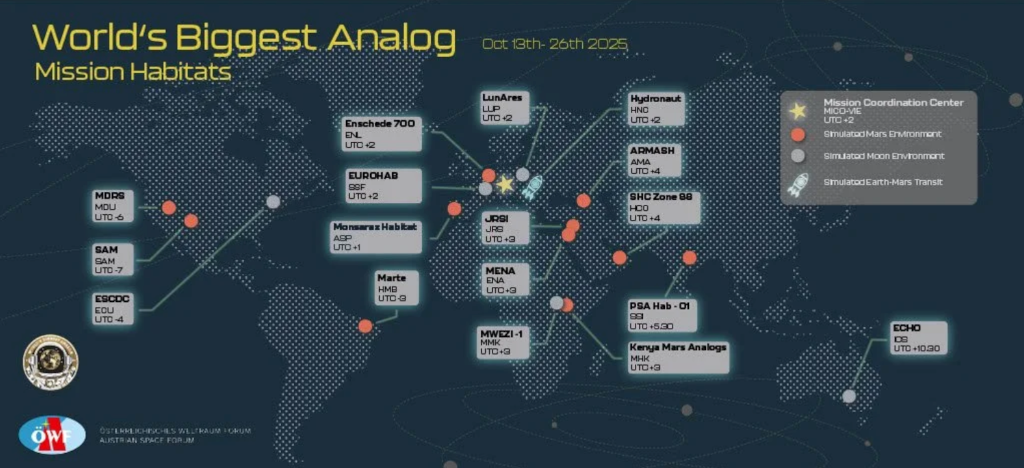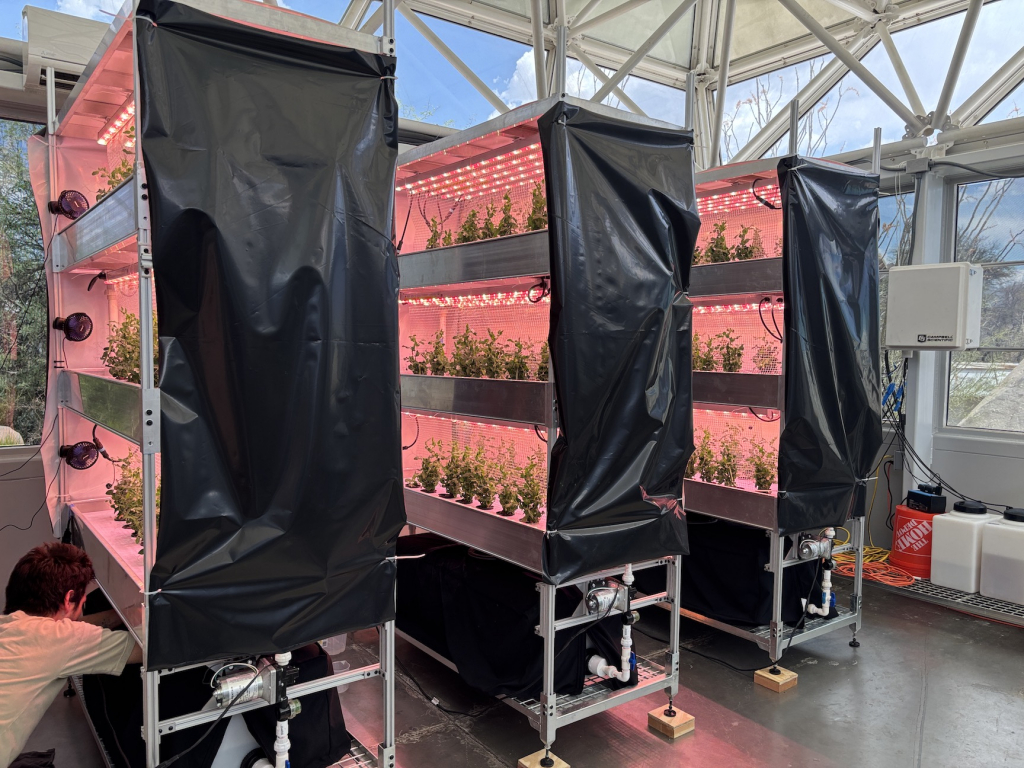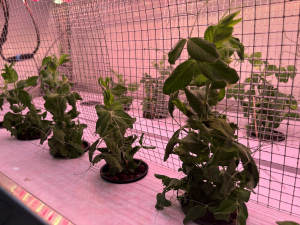How Plants Could Keep Humans Alive on the Moon and Mars
by UofA Research & Partnerships
How do we breathe, eat and recycle on the Moon or Mars without relying entirely on machines?
Inside Biosphere 2’s SAM habitat, U of A researchers completed the first human-involved bioregenerative life-support trial at the facility since 1994. For two weeks, researcher Matthias Beach lived sealed inside the Space Analog for the Moon and Mars, or SAM to test whether crops, not machines, can maintain breathable air in a closed system.
The experiment ran in coordination with the World’s Biggest Analog mission, linking 16 space habitat simulations worldwide. Inside SAM, 144 dwarf pea plants sequestered CO₂ through photosynthesis for the first week. After harvesting the plants mid-mission, CO₂ levels rose, offering a clear, measurable comparison of plant-based carbon drawdown in space-like conditions.
This work will feed into a 22-crop database to help NASA and future mission planners determine how plants it might take to sustain people on the Moon or Mars.


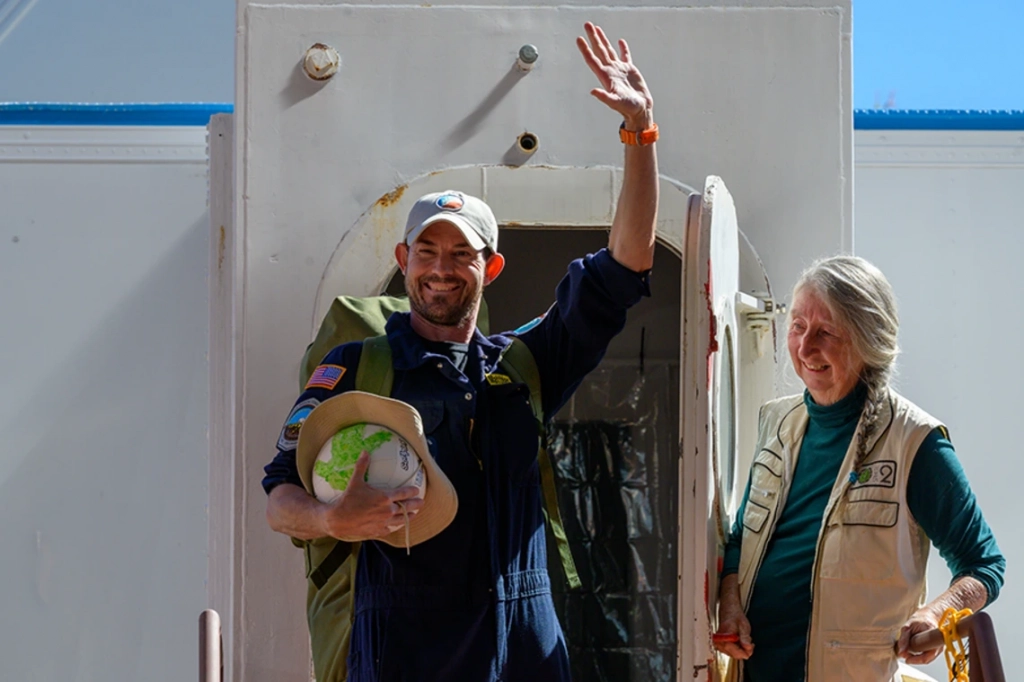
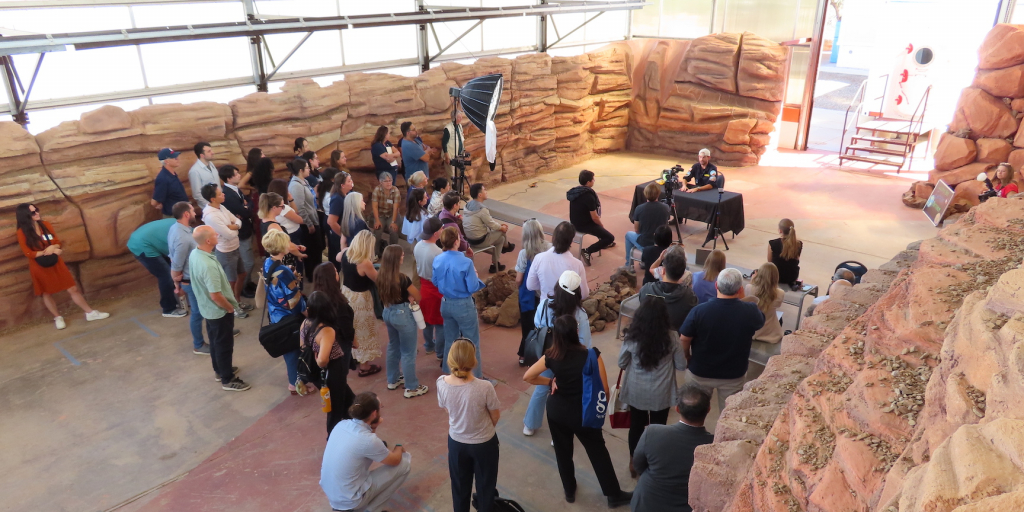
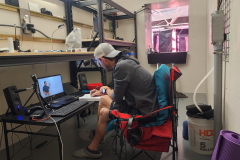
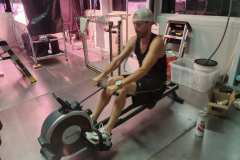
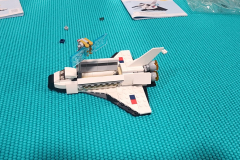
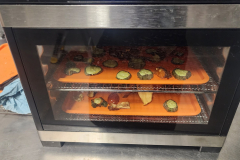
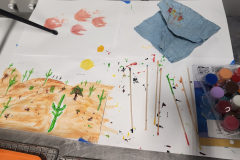
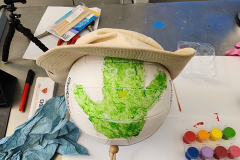
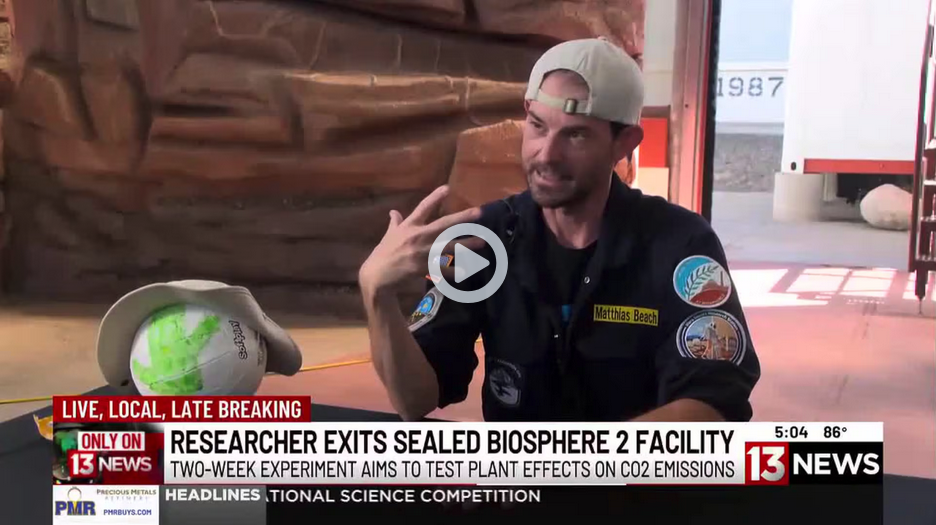
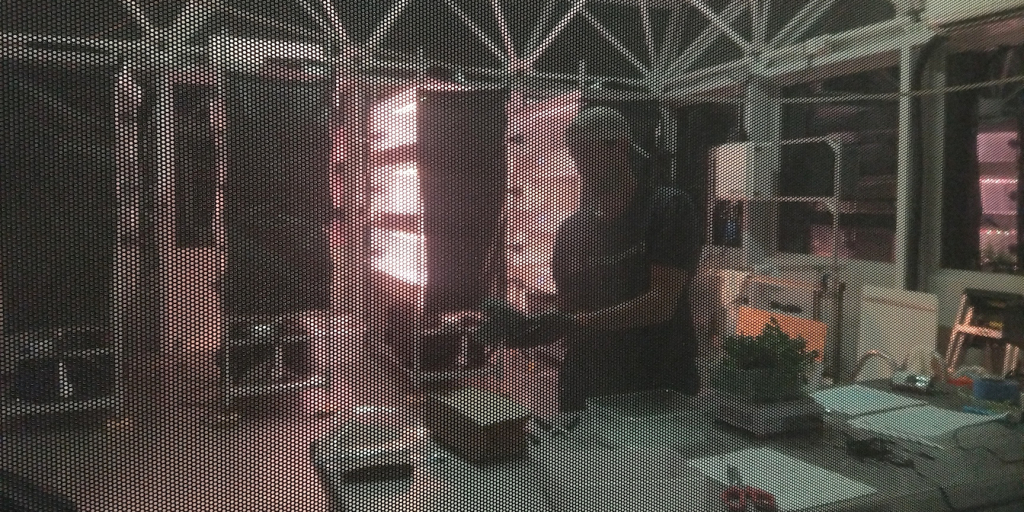
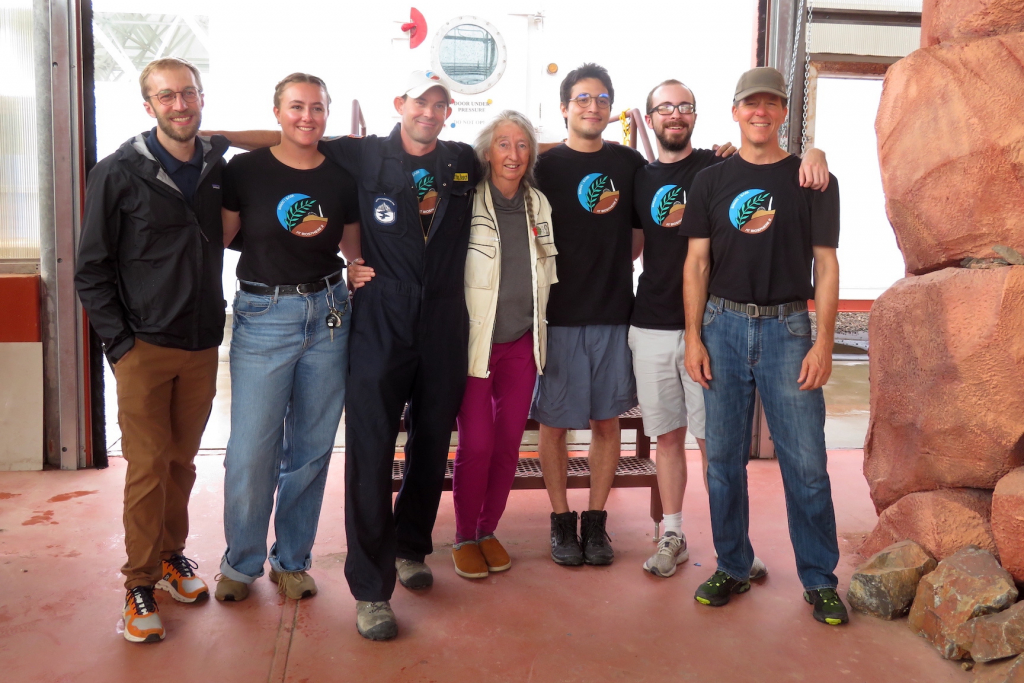
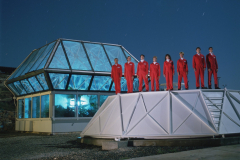
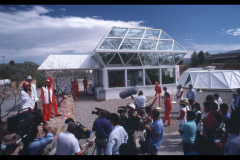
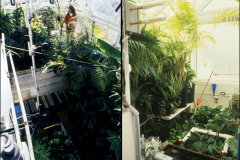
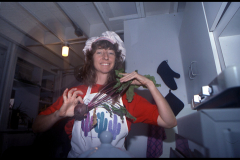
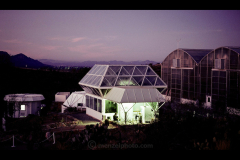
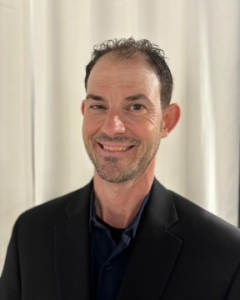 Tomorrow morning, Monday, October 13, we will embark on a mission like none other at SAM–we will engage in the mission we envisioned nearly five years ago when Trent and I first put orbital sander to rusted metal.
Tomorrow morning, Monday, October 13, we will embark on a mission like none other at SAM–we will engage in the mission we envisioned nearly five years ago when Trent and I first put orbital sander to rusted metal.
